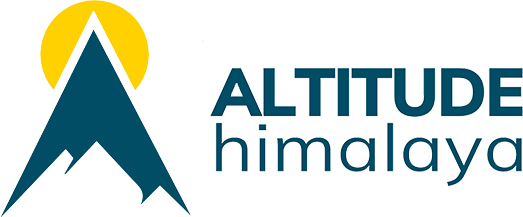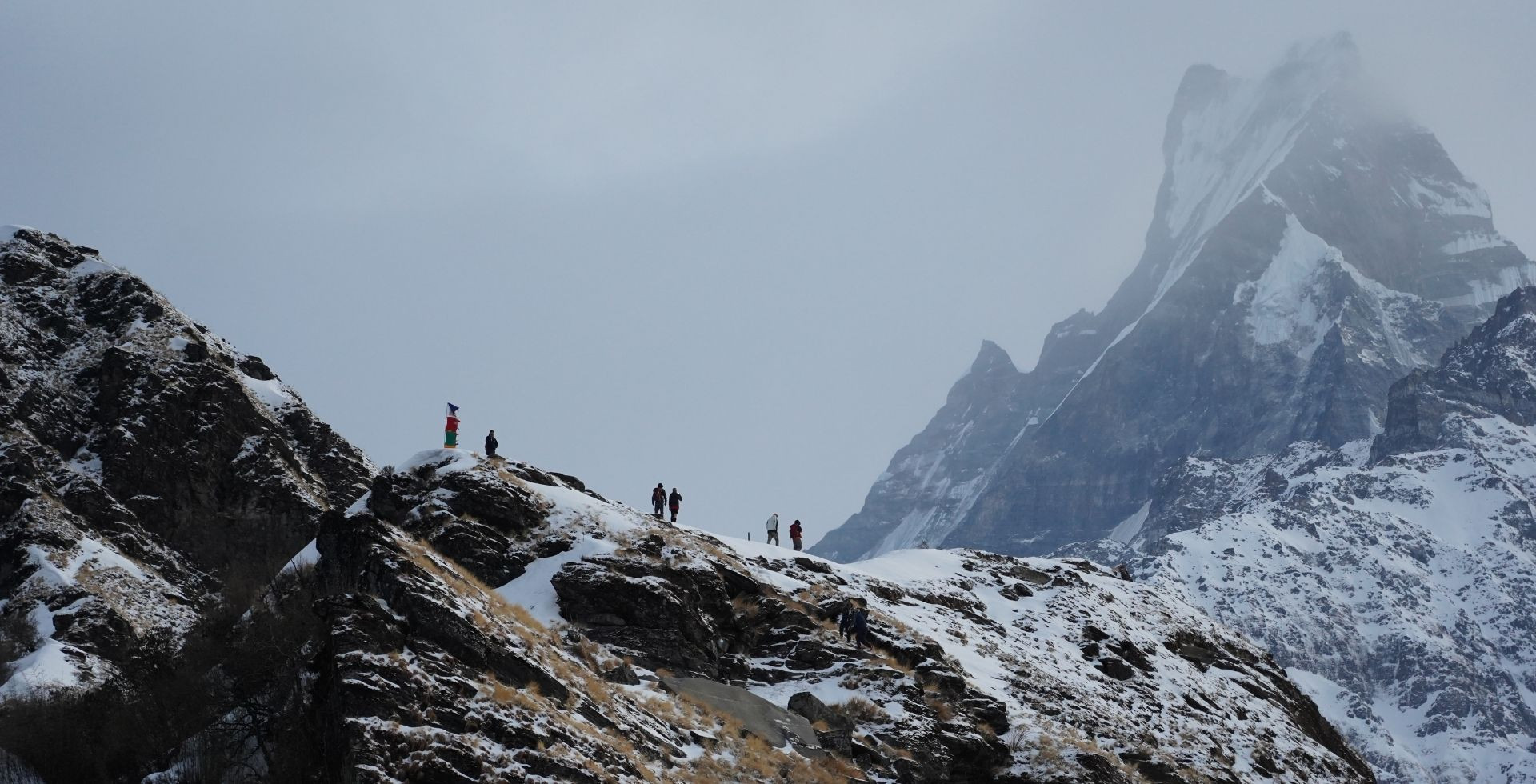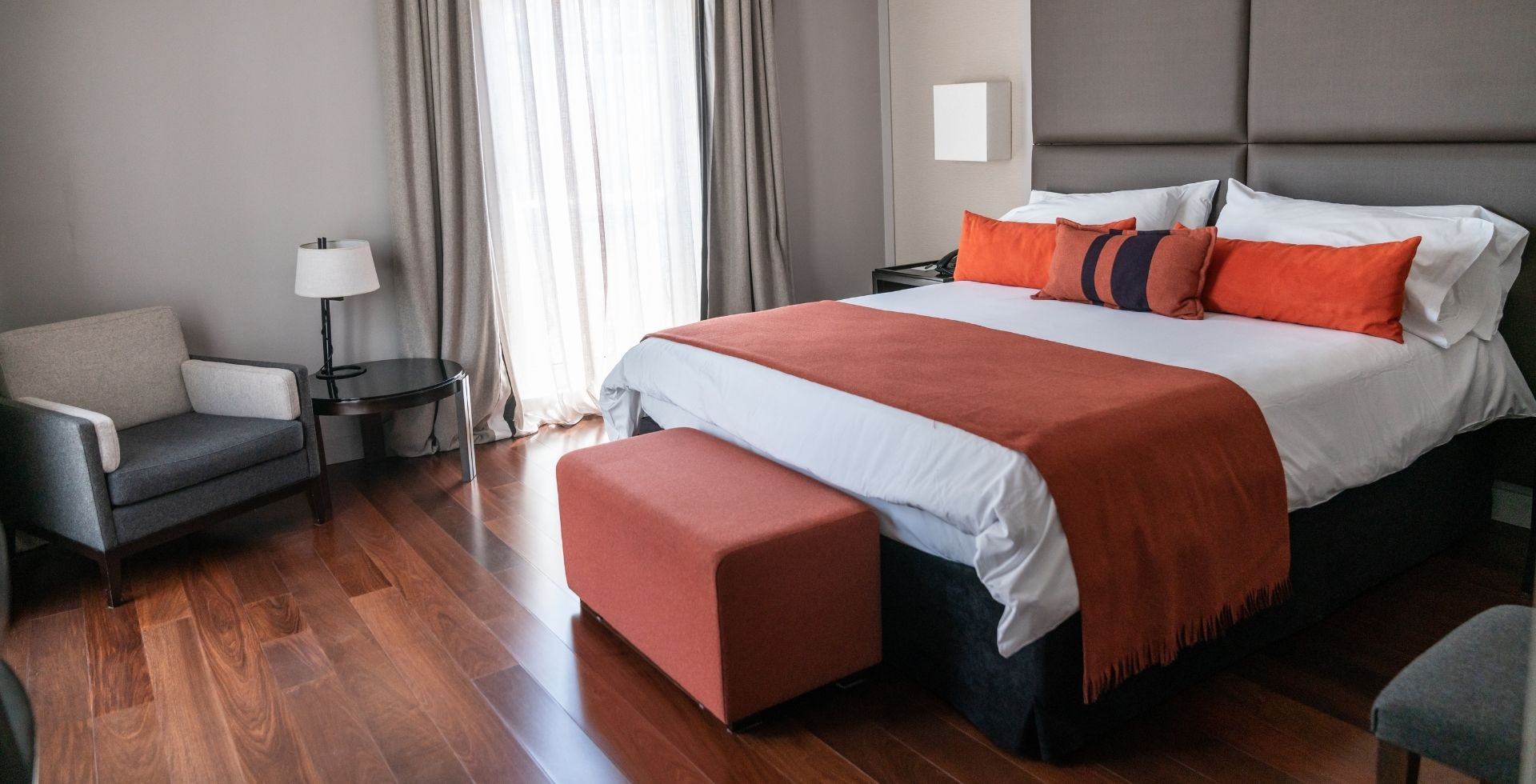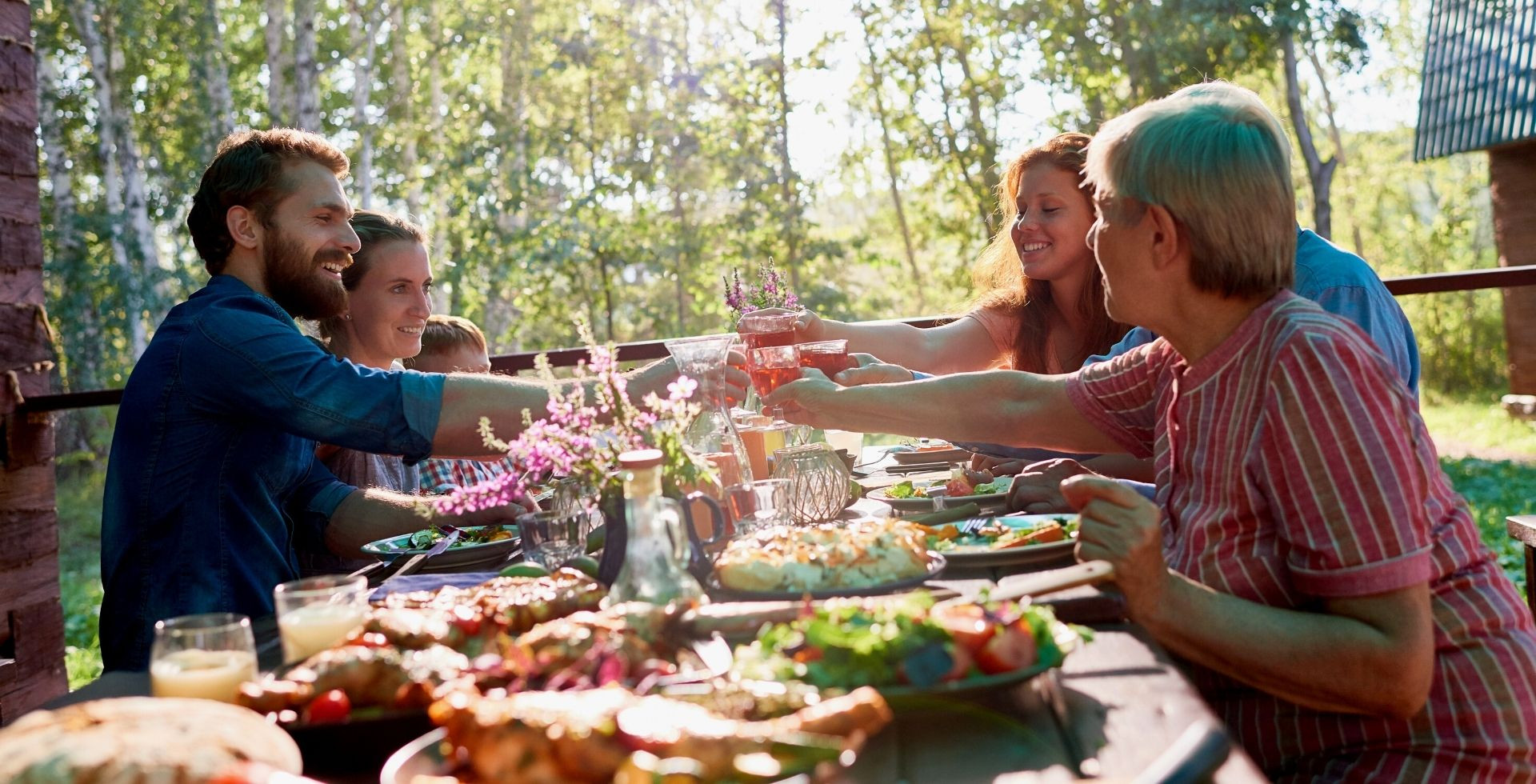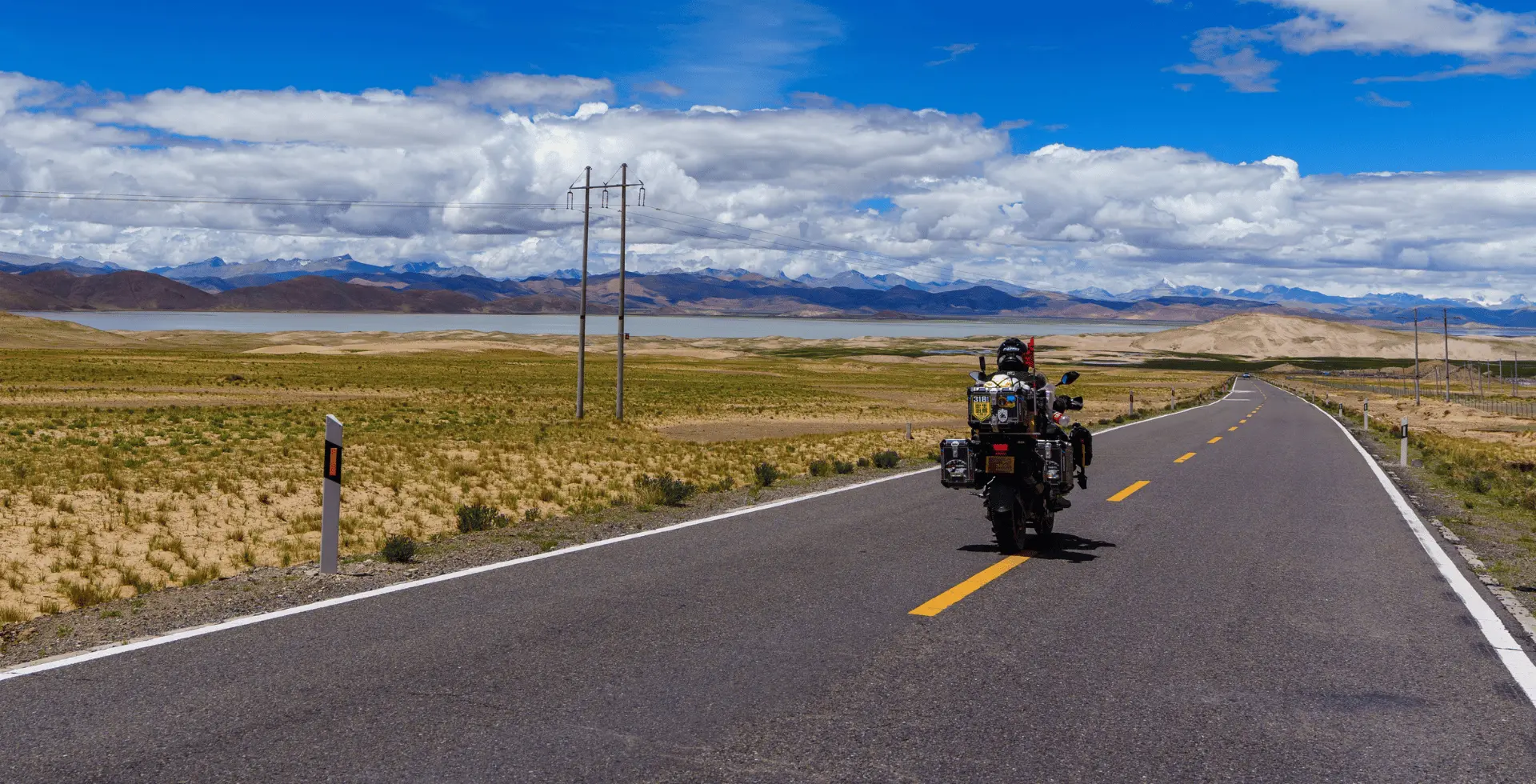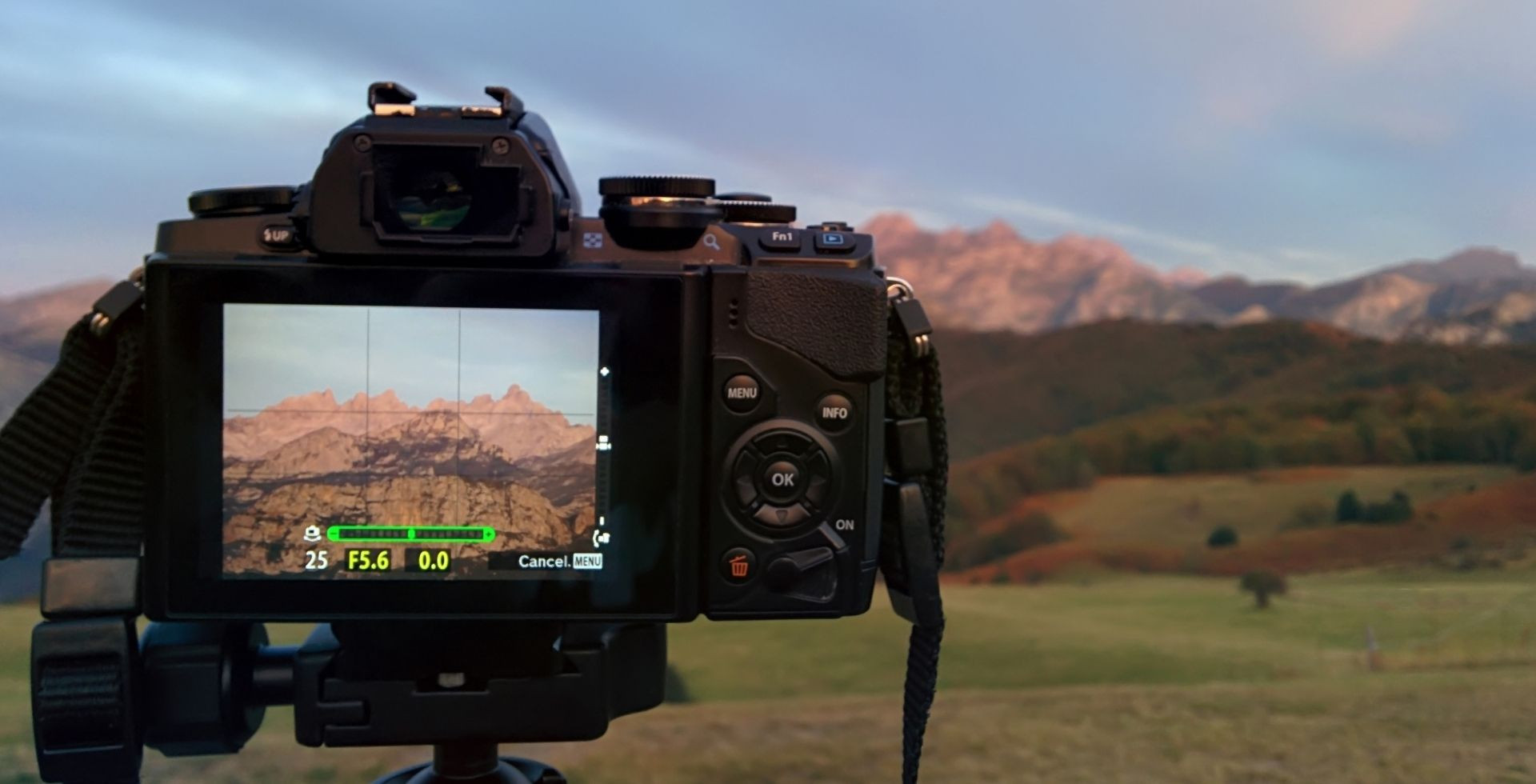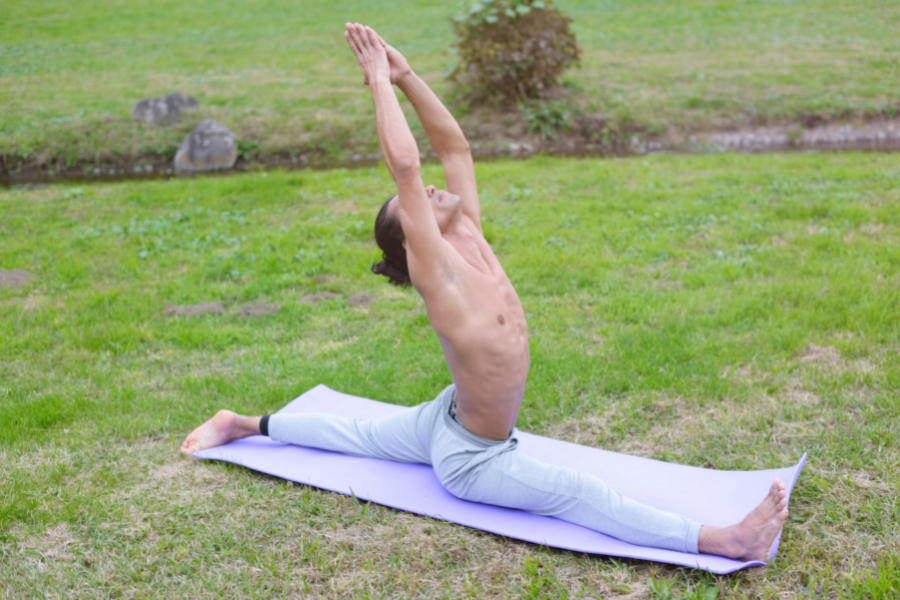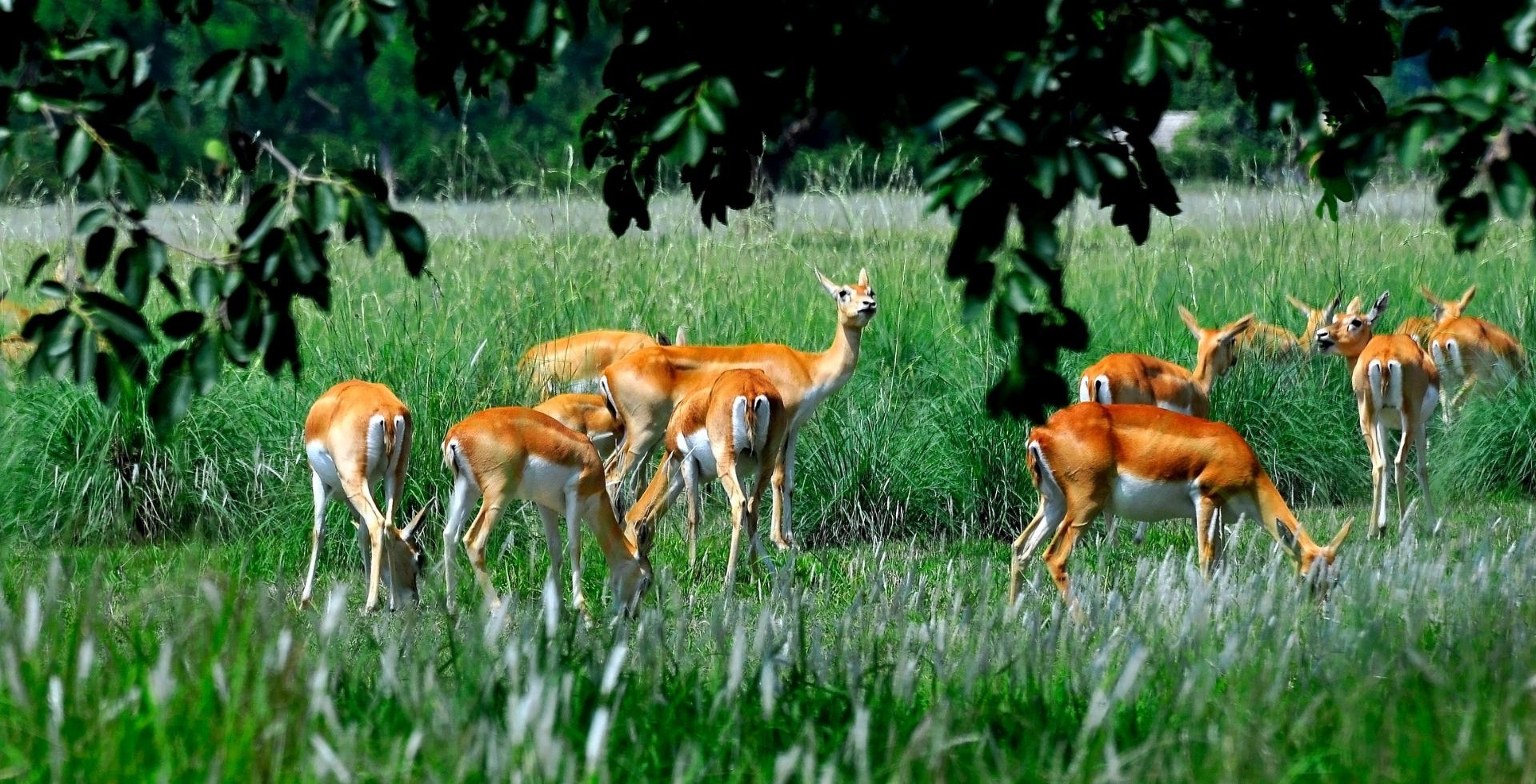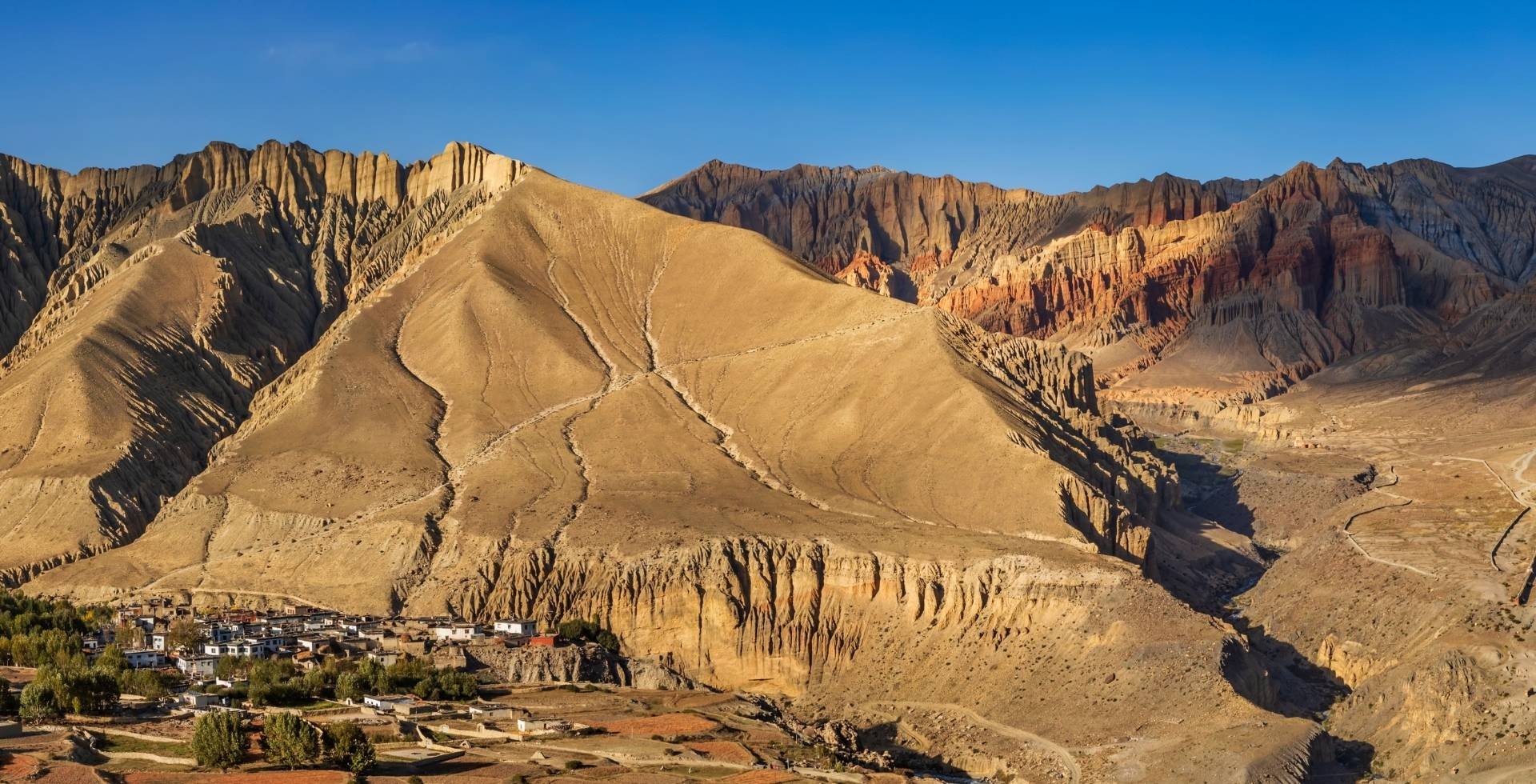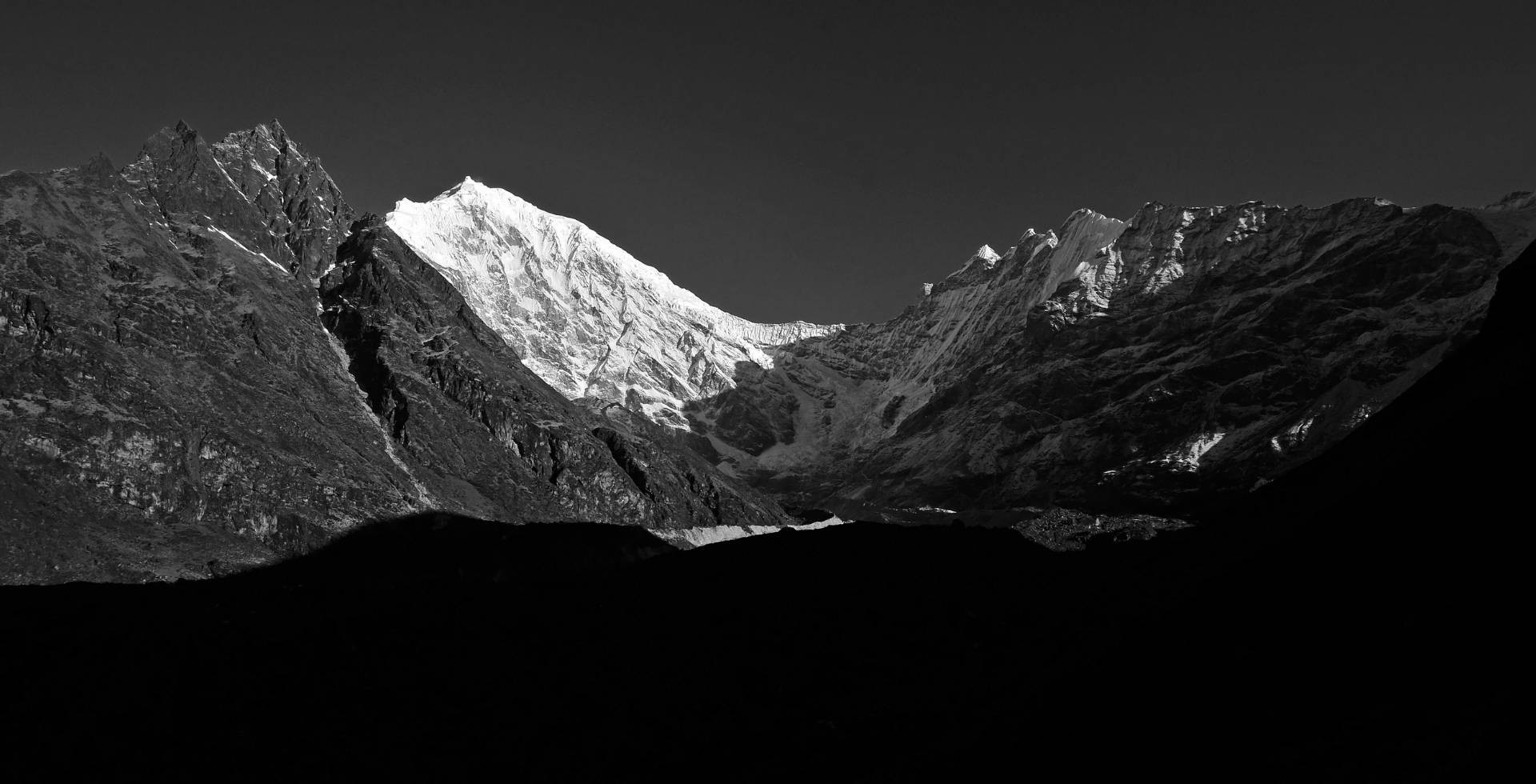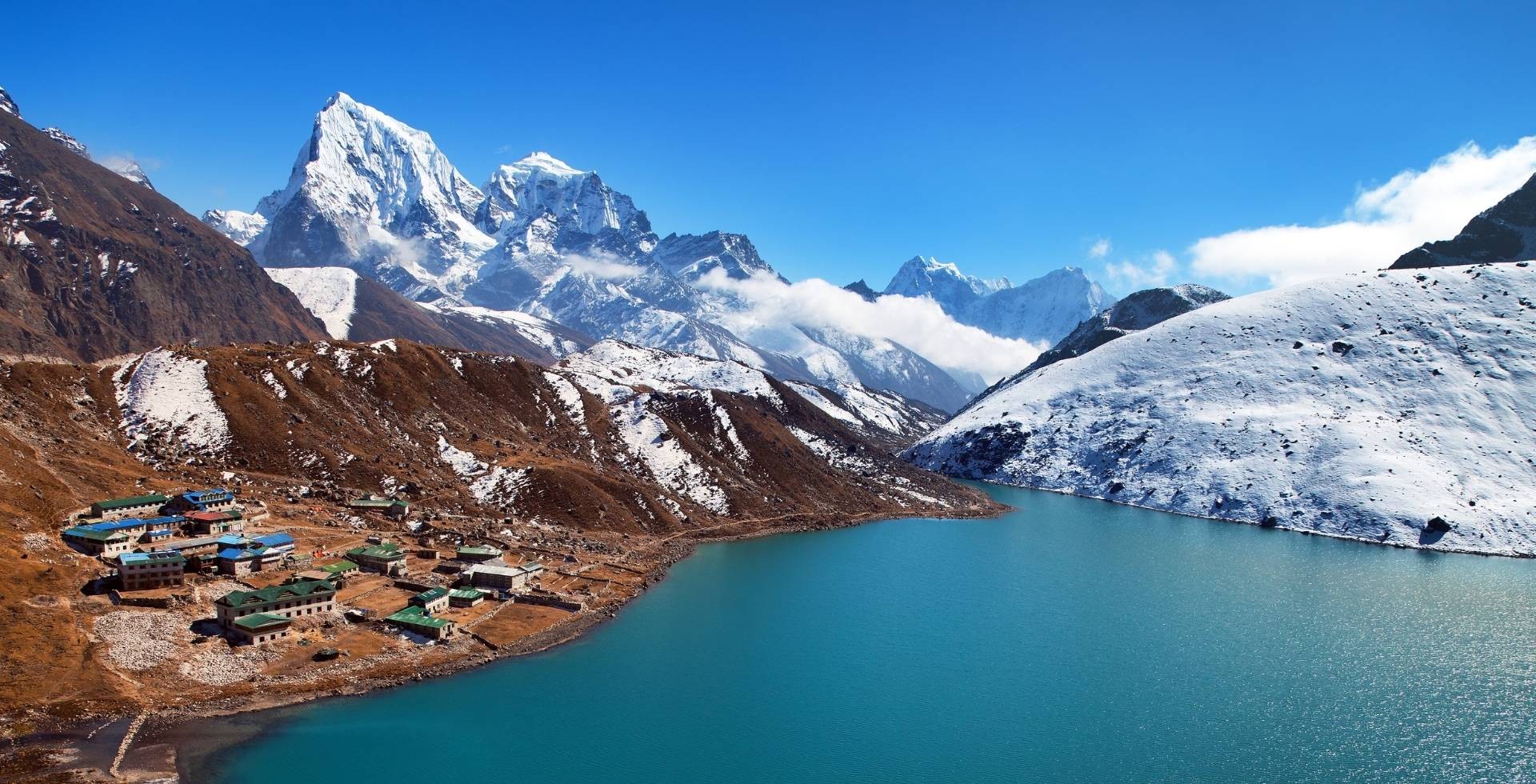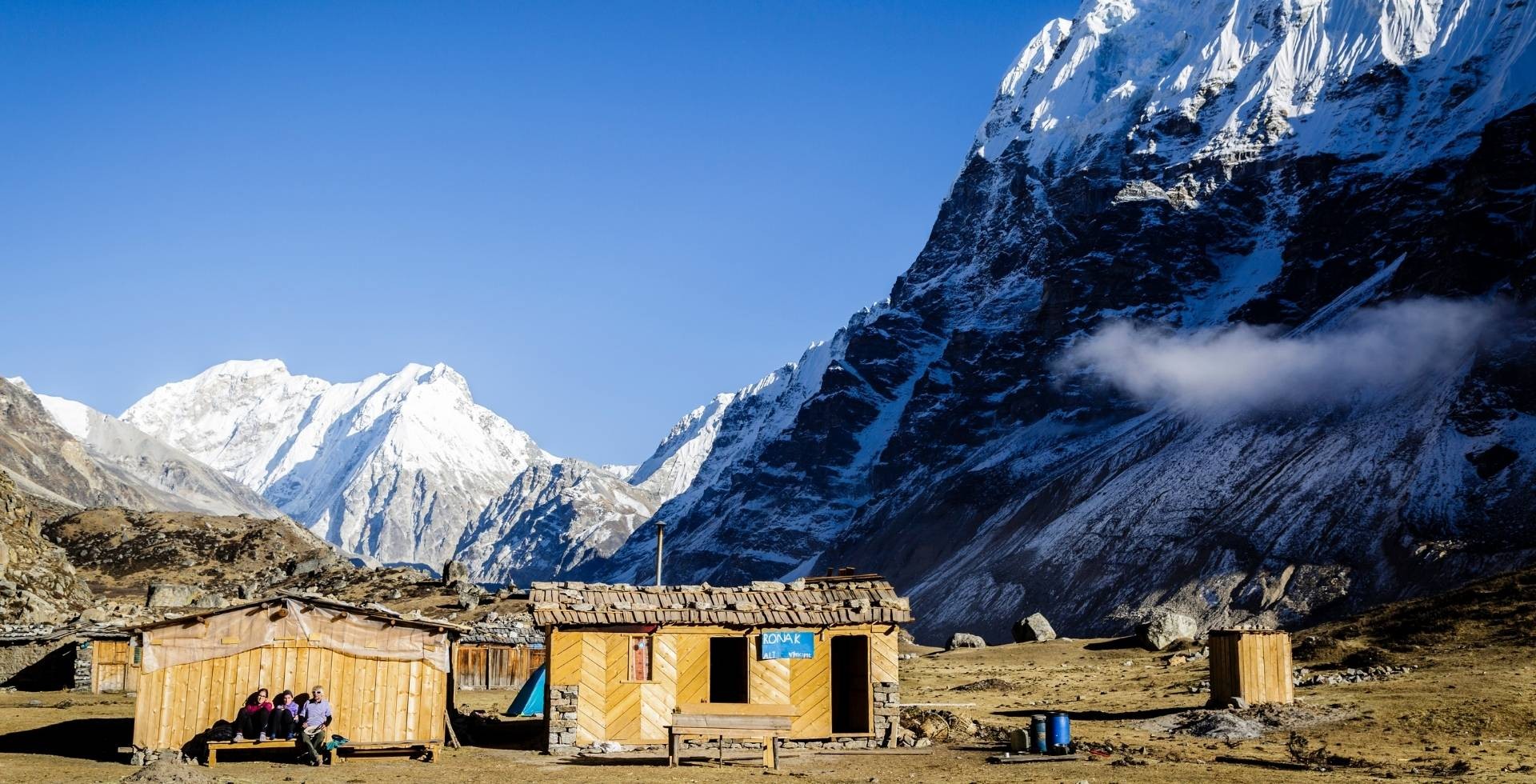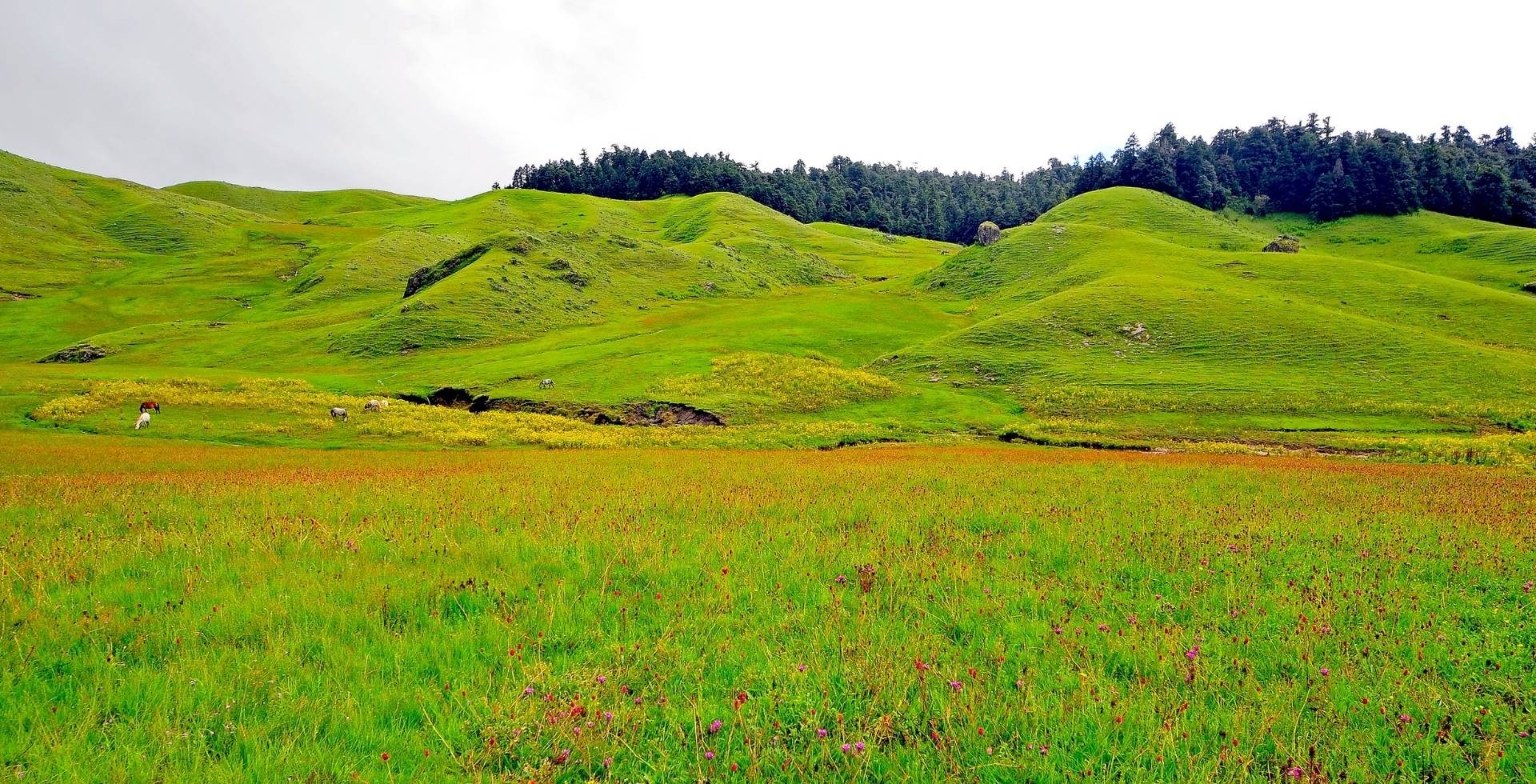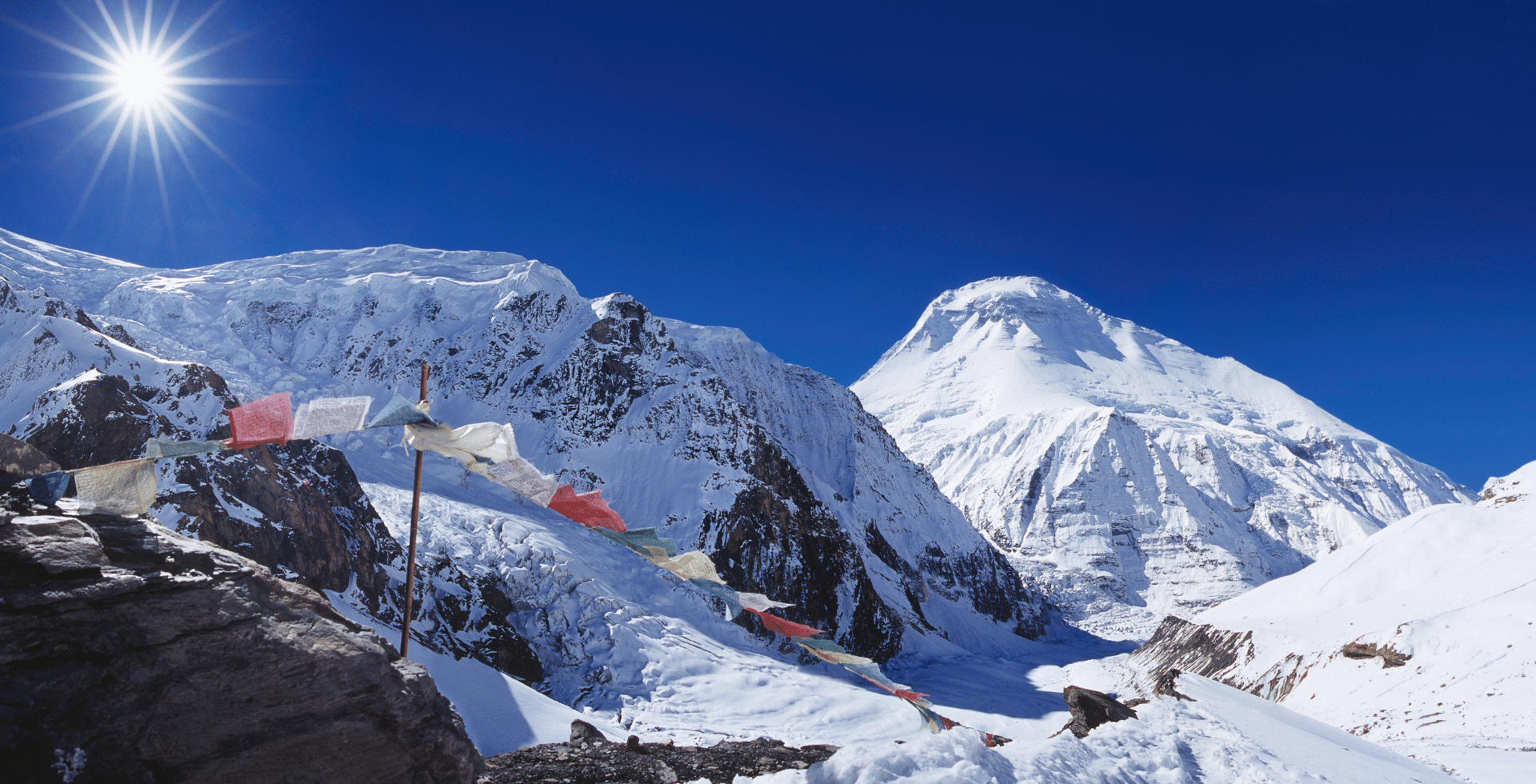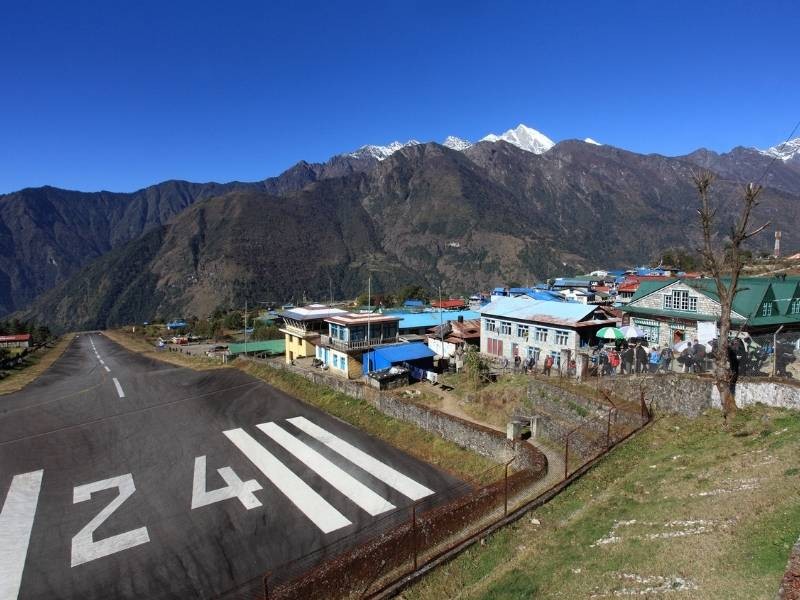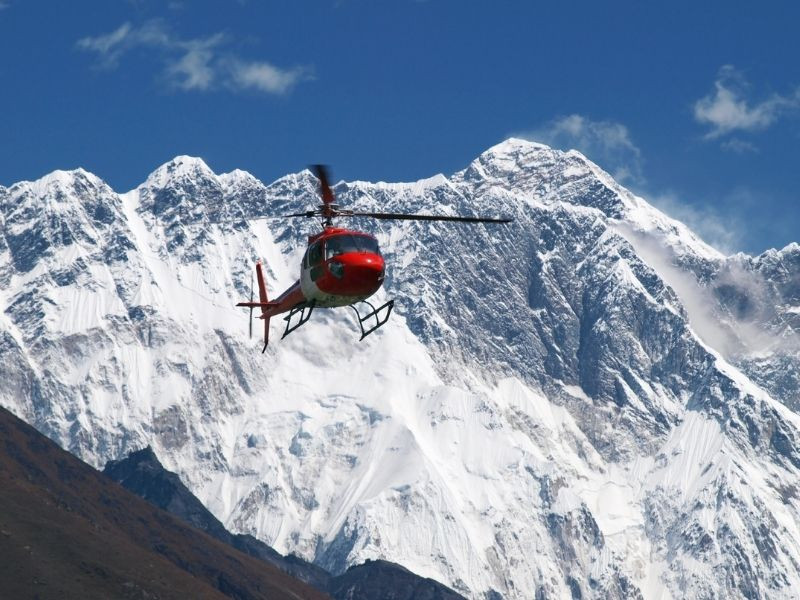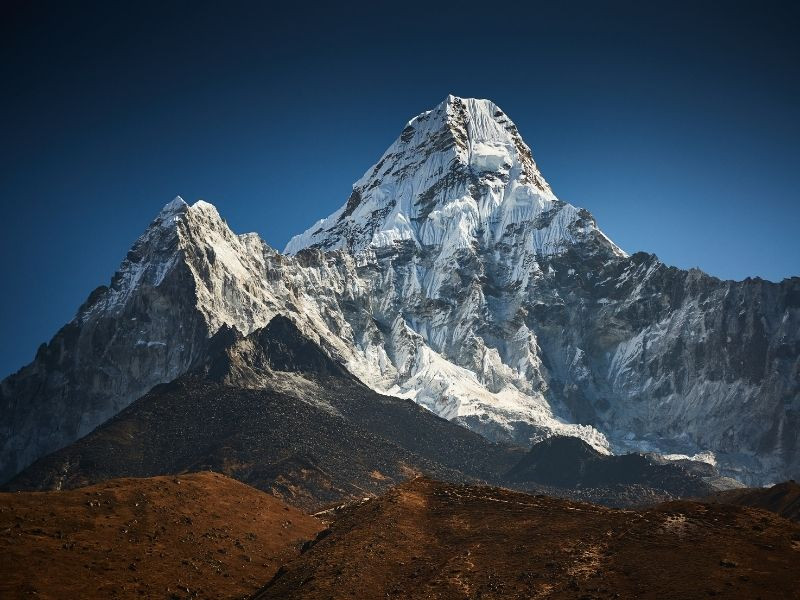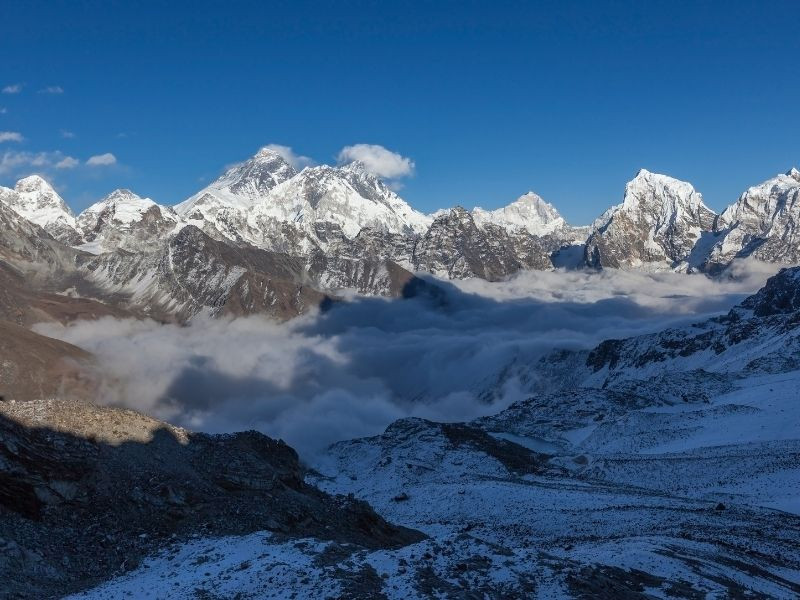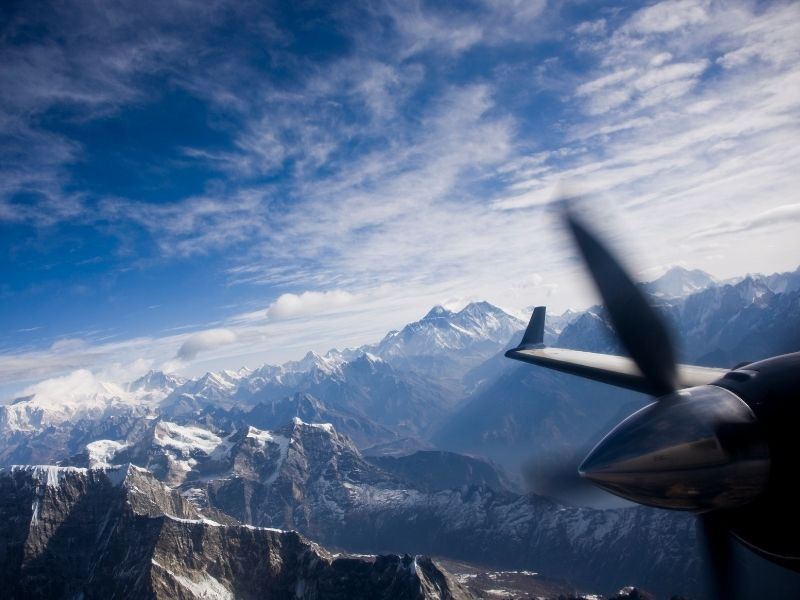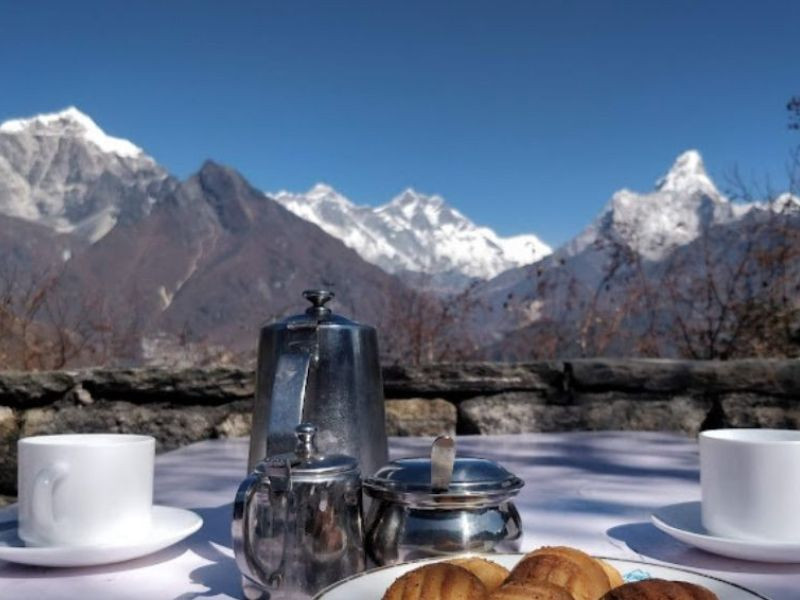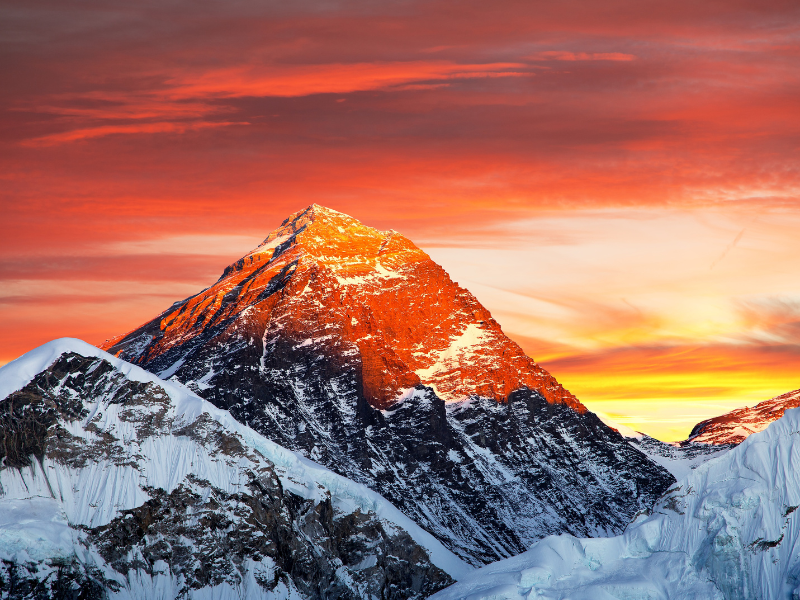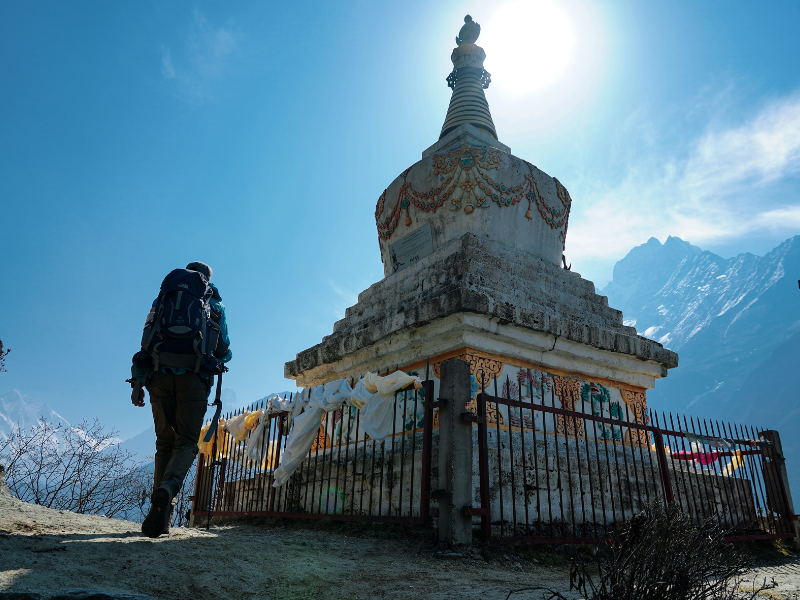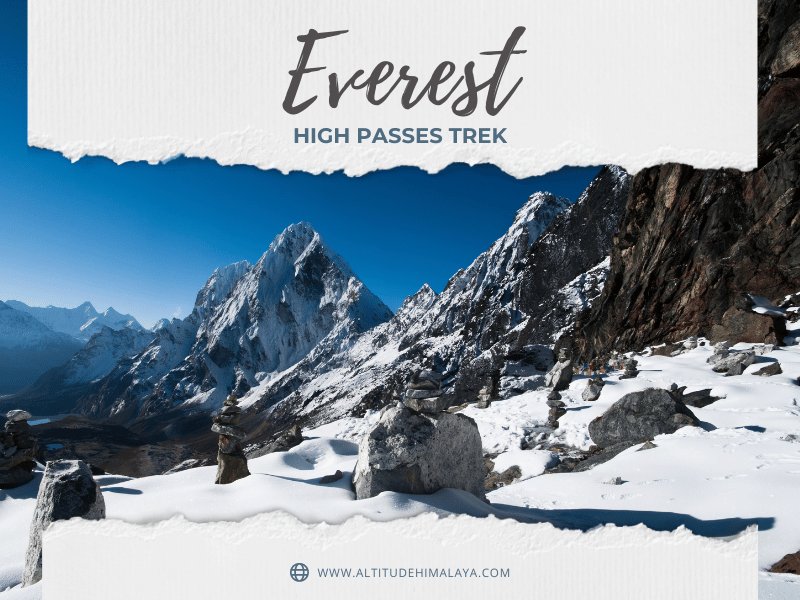Altitude Himalaya warmly welcomes you to the home of the tallest mountains in the world, Everest, aka the Khumbu region. You’ll witness not just Mt. Everest (8,848m), but also Lhotse (8,501m) and Cho Oyu (8,153m).
While the Himalayas are definitely the highlight here, prepare yourself for complete cultural immersion too! You get to meet the famous Sherpas and immerse yourself in their day-to-day lives in the Everest region.
The trekking routes here pass through forests of Pine, Hemlock, Fir, Juniper, and Birch trees. And if you’re lucky, you might catch glimpses of some of the rarest wildlife, such as the Snow Leopard, Musk Deer, Red Panda, Himalayan Monal, Blood Pheasant, and more.
The difficulty level of Everest treks is usually challenging. That’s primarily because the trekking days are longer, it’s in a high-altitude region, and you even have to pass through some immensely demanding sections, including the edges of the Khumbu and Changri Nup glaciers.
No matter how challenging the treks in the Everest region may be, with the support of Altitude Himalaya’s professional team, your journey is going to be comfortable, fun, and adventurous. We’ll explain exactly how in this blog!
Facts About Everest Region
|
National park in the region |
Sagarmatha National Park + Buffer Zone |
|
Area |
1,148m + 275m = 1,423m |
|
Location |
Solukhumbu District, Koshi Province |
|
Bio-climatic Zones |
Lower Alpine, Middle Alpine, Upper Alpine, and Arctic Zone |
|
No. of mammals |
19+ |
|
No. of birds |
219 |
|
No. of butterflies |
30 |
|
No. of reptiles / amphibians |
8 / 7 |
|
No. of plant species |
180+ |
|
No. of villages |
13 |
|
Population |
8,000+ approx. |
|
Major Caste |
Sherpa, Tamang, and Rai |
|
Major Rivers |
Dudhkoshi |
|
Major Mountains |
Mt. Everest (8,848m), Lhotse (8,501m), Cho Oyu (8,153m), Nuptse (7,896m) |
|
Elevation |
3,300m to 8,848m |
Top Treks to Do in Everest Region
When it comes to the Khumbu region, of course, everybody’s first choice is going to be Everest Base Camp. But did you know that combining your trekking journey with other landmarks nearby can make your trip even more fun and adventurous?
Our personal favorite here among the Altitude Himalaya team is the inclusion of Kala Patthar, which is absolutely breathtaking during the sunrise views. Perhaps you could even add the serene Gokyo Lakes, but you’ll have to set aside a few extra days for it.
Honestly, there are a plethora of customizable options, and Altitude Himalaya listens to your request like it’s from our own family. So, without any hesitation, you can contact us anytime!
Here are the most popular ones that we personally think are the best treks in the Everest region:
- Everest Base Camp: Get to the base camp of the tallest mountain in the world, Mt. Everest, situated at an elevation of 5,364m. The feeling of reaching the top with the Everest view right in front of you is truly beyond words.
- Kala Patthar: For an even better experience, consider hiking up to the viewpoint of Kala Patthar (5,643m), especially during the golden hours.
- Gokyo Valley and Lakes: Trek to the highest freshwater lake system in the world, ranging from 4,700m to 5,000m, as there are six different water bodies. There’s also an option to combine this trek with EBC, passing via Cho La Pass.
- Renjo La, Cho La, and Kongma La Passes: Widely recognized as the ‘Three Passes Trek’, this adventure takes you to high-altitude regions with surreal panoramic views of the Khumbu region.
- Pikey Peak: One of the best trekking destinations in the Lower Khumbu region, not just adding to the adventure but even to the spirituality, as you’ll come across a plethora of Buddhist monasteries, gompas, and stupas.
- Other customizable options: Shorter EBC trek, luxury option added to your EBC trek, EBC trek with helicopter return, Mera Peak
Permits and Entry Costs
To be able to get to Everest Base Camp or complete any treks in the Khumbu region, you need the national park entry permit, TIMS card, and restricted area permit.
Honestly, you don’t have to think much about trekking permits when you’re travelling with Altitude Himalaya. We don’t just include them within our package but also let you know which ones are actually required. We promise not to hide anything from you!
In fact, here is all the information you should know about the permits before you hit that Book Now button from our packages:
|
Permits |
Nepali Citizens |
SAARC National |
International Trekkers |
Child Discount |
|
Sagarmatha National Park Permit |
NPR 100 |
NPR 1500 |
NPR 3000 |
Free for children below 10 years |
|
TIMS Card |
- |
Group: NPR 300 |
Group: NPR 1000 |
Free for children below 10 years |
|
Individual: NPR 600 |
Individual: NPR 2000 |
|||
|
Khumbu Pasang Lhamu Rural Municipality |
- |
For 4 weeks: USD 20/week |
Free for children below 10 years |
|
|
Beyond 4 weeks: USD 25/week |
||||
People and Culture in Everest Region
You’ve heard of Sherpas, haven’t you? They are known for their deep connection with the Himalayas, possess exceptional mountaineering skills, and serve as guides for those summiting Everest, along with most other mountains in the world.
And the Everest region serves as their home, as you can find Sherpas living in many villages on the trail, like Namche Bazaar (the gateway to Everest), Manjo, Thame, Khumjung, Tyangboche, Phakding, Dingboche, Gokyo, Pangboche, Khunde, and other villages.
Besides Sherpas, you’ll also find Tamang and Rai communities living among them. And Everest trekking offers a peek into their lifestyle.
Since the majority of Sherpas are Buddhists, they celebrate Gyalpo Loshar (Tibetan New Year) with full joy. But beyond that, the entire Everest region celebrates the famous Mani Rimdu festival at Tengboche Monastery.
Helping our guests immerse themselves in their culture and traditions is exactly what we have been doing for years at Altitude Himalaya. This gives you an idea of what everyday life for Sherpas and other communities feels like.
You get to stay in local tea houses run by the community, which is their main source of livelihood. While we do offer the option to stay in luxury lodges in the region, we still suggest you at least take a peek into the normal homes here to get the best experience.
Best Time to Trek in Everest Region
The absolute best months to trek in the Everest region are March, April, October, and November. During this time, the weather remains clear, temperatures are ideal, and the views are beyond expressing!
The only downside is that the trails are overcrowded. And seriously, the growing trend of visiting Everest Base Camp has significantly increased the footfall even more.
So, the next best options include the months of May, early June, September, and early December. However, the weather becomes a bit unpredictable during these periods, with rain and snow possibly affecting your trekking days.
While these were the Spring and Autumn periods, we don’t suggest going for treks in the Everest region during the Monsoon or peak Winter. These periods might seriously disappoint you!
Now that you’ve learned everything about the Everest region and why to choose Altitude Himalaya as your trekking partner, you can proceed to scroll through the different packages we offer. Carefully check the descriptions to find which trek suits your preferences. And even if you wish to customize your treks, know that we’re just a call or text away!
